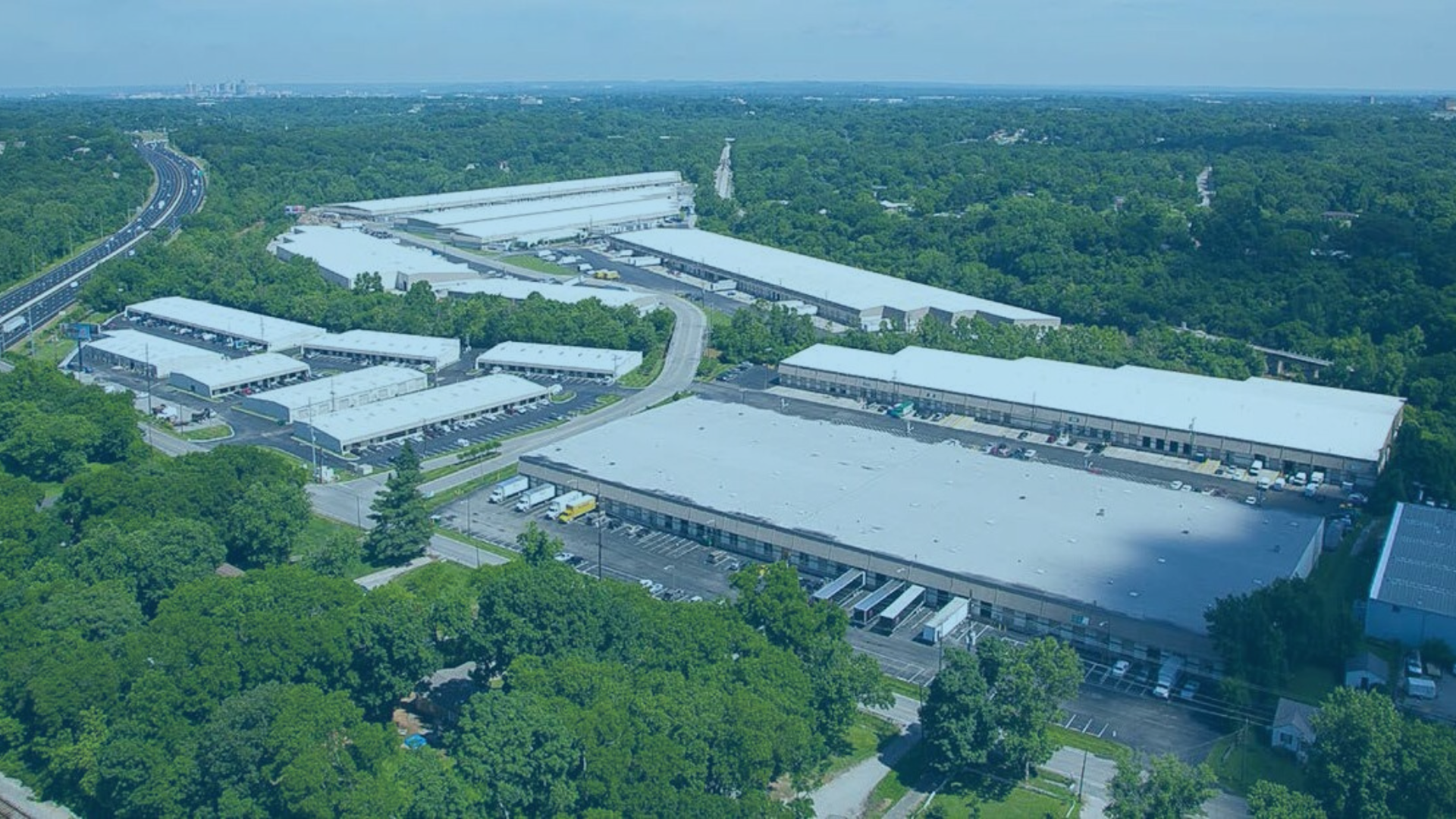Real Estate Waterfalls
A Quick Guide to Waterfall Equity Distributions
Real estate syndication deals can be tricky - especially when it comes to cash distributions.
Just because the equity is split a certain way does not necessarily mean that the cash will be split in the same manner.
There are plenty of provisions that can change the way cash is split - a distribution waterfall is one of them.
This article will simplify how cash is distributed between the general partners and the limited partners via distribution waterfalls.
General Partnership Vs. Limited Partnership
Real estate equity funds are usually structured with two parties: the general and limited partners
The general partners are those who control the deal and handle all of its operations. They usually have less equity, which translates into less risk, than the limited partners.
The limited partners are the investors - they provide capital in exchange for equity, making them passive investors.
Now let’s grab our swimming trunks and dive into distribution waterfalls!
What is a waterfall structure?
Before we explain waterfall structures, let’s think about what waterfalls are.
When a body of water fills beyond its capacity, the excess water falls over a ledge and into another body of water – apply this to a real estate equity investment where the water is the cash flow and the ledge is the hurdle rate.
Prior to the water spilling over the ledge, the water hit a threshold or a point right before spilling over the ledge.
That threshold is the hurdle rate: the point that when met, revenues are disproportionately split between the GPs and LPs.
Prior to your hurdle rate, you are generally entitled to profits that reflect your stake in the deal – if you have a 90% position, you receive 90% of the profits. After the hurdle rate is met, the general partner can change the way cash is distributed. They may lay claim to a percentage of the excess profits that the limited partner earned.
How are the excess funds split?
The general partner usually lays claim to a percentage of the limited partners’ profits after the promised return or hurdle rate has been met. For example, let’s say you’re a limited partner in a syndication, and you’re promised a 10% return.
Instead of 10%, the property does well and generates a 15% return. Since you were promised a 10% return, the general partner may lay claim to 50% of the limited partner’s profits above 10% - this means that the general partner takes 50% of the excess 5% that you earned.
distribution Waterfall Example
Now that we have a basic understanding of what a waterfall structure is, let’s look at an example.
Deal Structure
Say you get a call from an investor that has a $5 million commercial office building under contract; they need $1 million to close.
The investor has $100,000 but needs you for the remaining $900,000. You give the investor the $900,000, making you a limited partner with 90% of the equity.
$900,000 that you put up / $1 million needed to close = 90% stake
Having a 90% stake means that you are entitled to 90% of the profits; since the GP has a 10% stake, they are entitled to 10% of the profits.
Hurdle Rate (IRR Hurdle)
For the simplicity of the example, let’s assume that a 12% IRR is achievable with $3 million in revenue being achieved before the 12% IRR and $2 million is generated afterward.
The investor promises you a 12% IRR in the third year of owning the property. Fast-forward 3 years and the property achieves an investment return of $5 million.
$3 million of the returns were generated prior to the 12% IRR and the remaining $2 million is the excess cash that was generated following the 12% IRR being achieved.
Waterfall Structure
The investor has a waterfall structure that entitles them to 50% of the LP’s profits after the hurdle rate is met.
That means that after the 12% IRR hurdle is hit, you will split your profits above and beyond that number 50/50. In other words, for every dollar that you make, the GP takes a dollar after the 12% IRR.
How much money does the GP make?
To calculate how much the GP Makes, we must keep track of:
What the GP makes before the hurdle rate:
Remember, the general partner has a 10% stake in the deal, so they lay claim to 10% of the profits before the 12% IRR.
This means that the general partner lays claim to 10% of the $3 million generated before the 12% IRR; thus the GP is looking at taking home $300,000.
$3,000,000 before hurdle rate x 10% stake = $300,000
How much of the LP’s profits does the GP take after the hurdle rate is met:
The property also generated an additional $2 million after the 12% IRR was achieved.
Here’s where the waterfall structure is put to work. The general partner is entitled to 50% of the limited partners’ profits after the 12% IRR due to the waterfall structure.
To calculate how much the GP is entitled to, we must first calculate how much the limited partner is entitled to after the hurdle rate is met.
$2,000,000 after hurdle rate x 90% stake = $1.8 million
Since the GP is entitled to 50% of the limited partner’s profits after the hurdle rate is met, they’re looking at taking $900,000 of the LP’s profits.
$1.8 million that the LP is entitled to after hurdle rate x 50% of LP’s profits after
hurdle rate = $900,000
How much is the GP entitled to after the hurdle rate:
Let’s not also forget that the GP gets 10% of the funds generated after the 12% IRR is met, which would be $200,000.
$2,000,000 after hurdle rate x 10% stake = $200,000
By adding the what the general partner makes before and after the hurdle rate, we find that they take home a total of $1.3 million.
$300,000 before hurdle rate + $900,000 of LP’s profits after hurdle rate +
$200,000 after hurdle rate = $1.3 million in profits.
How much money does the LP make in this real estate syndication structure?
To calculate how much the LP makes, we must keep track of:
What you make before the hurdle rate:
Before the 12% IRR was achieved, the property generated $3 million – you took home $2.7 million!
$3,000,000 before hurdle rate x 90% stake = $2.7 million
How much of your profits you give to the general partner after the hurdle rate:
After the hurdle rate is met, you relinquish 50% of your profits to the GP.
$2,000,000 generated after hurdle rate x 90% stake = $1.8 million in profits
$1.8 million that you’re entitled to x 50% split with GP = $900,000
In total, you earned $3.6 million from your initial investment of $900,000.
$2.7 million before hurdle rate + $900,000 earned after hurdle rate =
$3.6 million
You may be thinking to yourself - wow, the GP makes a bunch of money relative to their initial investment!
We must also remember who is doing the work: the GP. They handle every aspect of the deal! They take a lot of risks; their payday is their reward for it.
The GP isn’t the only one smoking fat cigars. You 4X’d your money simply by investing it with a syndicator!
Now that you have a basic understanding of how cash distribution waterfalls work in commercial real estate, as they can get very complicated, there is no need to fear if you find out there is a change in cash distribution via an equity waterfall structure!
Ben Dotye's passion and eagerness to learn about commercial real estate lead him to join the team as our brokerage and acquisition intern. He has proven himself valuable by assisting our brokers, being involved in renovation projects, and much more! His goal as our intern is to learn as much as possible so that he can soon be a part of Music City's growth.
A current Business student at Rhodes College, Ben is expected to graduate in 2022. Upon graduation, he plans to dive into commercial real estate!

















If you're serious about real estate investing, it's time to look beyond those quaint single-family homes.
Bold statement? Absolutely. But stick with me here.
Now, don't get me wrong. Investing in a single-family home beats twiddling your thumbs on the sidelines of the real estate game. And yes, I'll even go out on a limb and say that residential real estate still outshines many other investment vehicles out there.
But that's not why we're here today, is it?
I'm about to lay out five reasons why commercial real estate should be your go-to play.